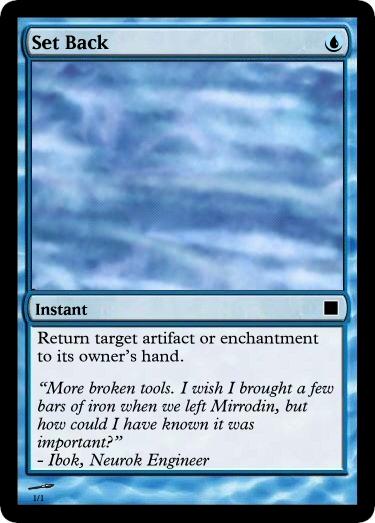Oh Hi! You’re on the wrong blog.
Hi there! John-Michael tuning in with the first blog post this blog received in over… nine years? Wow, time flies.
Anyhow, this hasn’t been my main blog for a while. You can find my main blog by going to JMGariepy.com. All the article that are here have been reproduced there, so you’re not missing out on anything (except nine years plus worth of posts.)
If you’re interested in my video series that explores watching movies with my local community, then instead feel free to check out PopcornRoulette.org.
If you think the idea of a medical audio drama based on an award winning manga sounds great, then you should check out SayHelloToBlackJack.com.
Or if you’re interested in my first book, which combines board game history with a bathroom reader, then checking out the landing page to Winning Streak: Tales and Trivia of the 40 Most Popular Board Games over at WinningStreakBook.com.
Or maybe you just would prefer to follow me? You can find me on twitter as jm_gariepy. Or if you want to subscribe to my Popcorn Roulette feed on Youtube, you can click here to do just that.
~
Sooner or later, I’m going to have to sunset my original blog page, but I just have a hard time bringing myself to do it. Writing weekly on this blog was the start of every project I’ve ever completed, and every project I’m wrapped up in today. Thank you for reading this. I would have done none of this without you.








